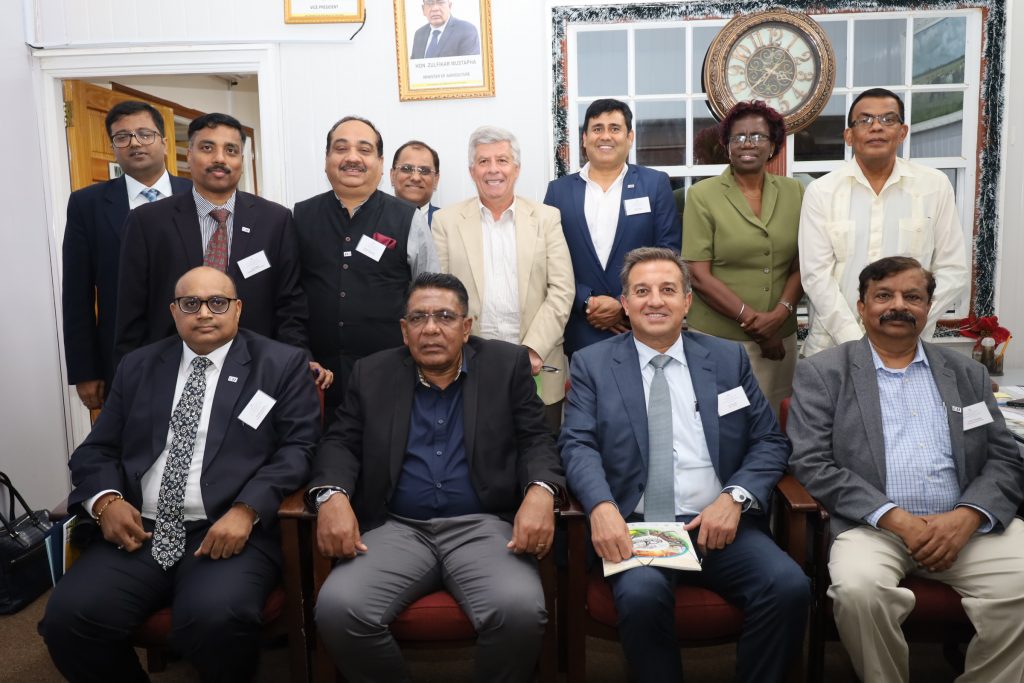The Ministry of Agriculture recently signed a Memorandum of Understanding (MOU) with UPL Limited, an Indian-based company making way for trials to commence for millets cultivation.

Last March, Agriculture Minister, Honourable Zulfikar Mustapha visited India and participated in a round-table discussion at the Global Millet ‘Shree Anna’ Conference with his Indian counterpart, Honourable Narendra Singh, and other ministers from across the world to discuss fostering millets production in countries like Guyana to increase food security.
Prior to that, His Excellency, President Dr. Irfaan Ali during a virtual address at the Inauguration of the Global Millet Conference in New Delhi, India disclosed that Guyana will soon commence cultivation trials for millets production in Regions Four, Nine, and 10 to support the transition to large-scale production of the seed locally.

In his address, the Head of State noted that the production of millet will help support poverty reduction efforts in the region and that the areas earmarked for the trials represent the profit zone in which similar crops like corn and soya are adaptive and being produced on a large scale.
“Guyana looks forward to strengthening its cooperation with India to kickstart large, medium, and small-scale production of millets. India is the largest millet producer in the world, and through collaboration, Guyana hopes to embark soon on the sustainable production of millets,” the head of state said.
The undertaking will see UPL Limited providing technological and agriculture inputs while the government through the ministry will assist with developing approximately 200 acres for the cultivation of millet.
During the signing, Minister Mustapha said that Guyana was pleased to commence trials for millet cultivation. He noted that Guyana was leading the agriculture agenda in CARICOM in keeping with the region’s Vision 25 by 2025 and that millets would contribute significantly to those efforts.
Millets are a highly varied group of small-seeded grasses, widely grown around the world as cereal crops or grains for fodder and human food.





